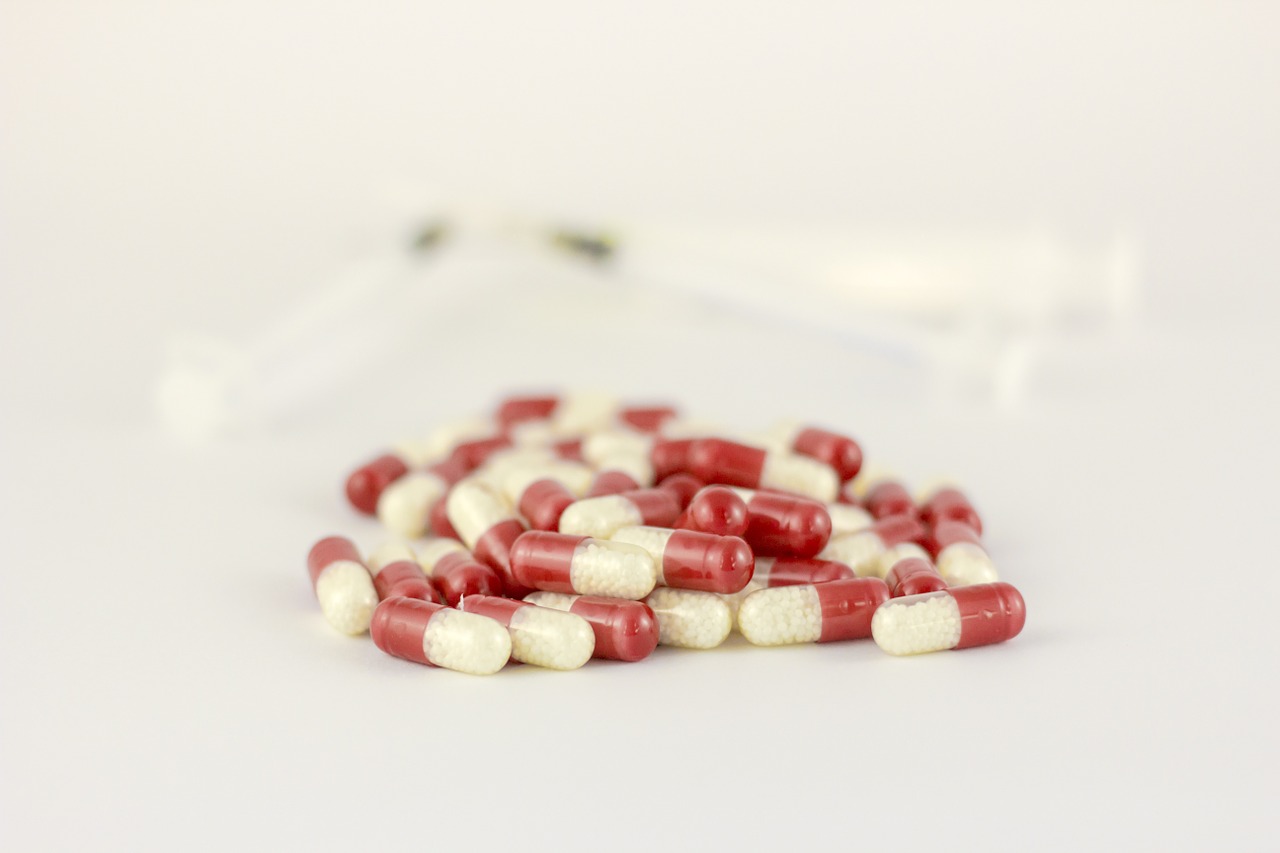Podcast: Play in new window | Download (Duration: 12:41 — 17.4MB) | Embed
On this episode, I discuss primidone pharmacology, adverse effects, and drug interactions.
Primidone, or Mysoline, is an anticonvulsant most commonly used for essential tremors. The primary pharmacological mechanism of action of primidone is similar to other anticonvulsants, like phenobarbital. It causes a reduction in the activity of neurons. Both primidone and its metabolites are potent anticonvulsants. Primidone alters the transmembrane Na/Cl transport channel to reduce the frequency of nerve firing. Phenobarbital, one of primidone’s active metabolites, interacts with GABA-A receptors and chloride channels to reduce nerve excitability.
Typically B-blockers are used first for essential tremors, then primidone is the next option if B-blockers are ineffective. The dose of primidone can change depending on the use. At lower doses, around 250-700 mg/day (often lower doses than 250 mg will be used), it can indicate that it is being used for essential tremor. When it’s administered at higher doses, up to around 750-1500 mg/day, it can indicate that it is being used for seizures. When used for seizures, it’s important to taper more slowly to not cause seizures with lower minimum effective concentrations. When first dispensing phenytoin, it’s also important to look through a patient’s medication to check that it’s truly essential tremors, and not drug-induced.
Primidone has common adverse drug reactions of CNS depression, sedation, dizziness, confusion, fatigue, GI issues, ataxia; the adverse drug reactions are similar to alcohol toxicity. Special consideration should be taken in patients with a history of depression; primidone can cause or exacerbate suicidal ideation. It’s important to monitor the blood concentrations of phenobarbital when primidone is taken at higher doses, at lower doses, it’s not as important. Vitamin deficiencies should also be monitored. Primidone can cause a vitamin D deficiency, along with vitamin B12 and folic acid deficiencies.
Drug-drug interactions of primidone are those that can cause additive effects of CNS depression. For example, other anti-seizure medications, opioids, and first-generation antihistamines. Primidone also has enzymatic interactions. It is metabolized into its active metabolites by CYP2C9, CYP2C19, and CYP2E1. It should be monitored more closely when taken with drugs that can induce, or inhibit, the activity of those enzymes. Primidone, and phenobarbital, also induces CYP3A4 as well as CYP1A2. Certain drugs like apixaban, rivaroxaban, aripiprazole, prednisone, quetiapine, amlodipine, alprazolam, and olanzapine should be monitored more closely.
The signs of primidone overdose are extensions of its adverse drug reactions. Common signs of an overdose are CNS depression, respiratory depression, lowered reflexes, and hypotension. In cases of severe primidone overdose, removal of the unabsorbed drug with hemoperfusion has been shown to be effective and show improvement in a patient’s clinical condition. In non-severe cases, symptomatic and supportive treatment may be necessary.
Show notes provided by Chong Yol G Kim, PharmD Student.
Be sure to check out our free Top 200 study guide – a 31 page PDF that is yours for FREE!
Support The Podcast and Check Out These Amazing Resources!
Meded101 Guide to Nursing Pharmacology (Amazon Highly Rated)
Guide to Drug Food Interactions (Amazon Best Seller)
Pharmacy Technician Study Guide by Meded101
References
Paragraph 1: taken from episode, information on MOA taken from drugbank (https://go.drugbank.com/drugs/DB00794#mechanism-of-action)
Paragraph 2: taken from episode
Paragraph 3: taken from episode
Paragraph 4: taken from episode, information on metabolism taken from drugbank (https://go.drugbank.com/drugs/DB00794#metabolism)
Paragraph 5: taken from drugbank (https://go.drugbank.com/drugs/DB00794#toxicity)

